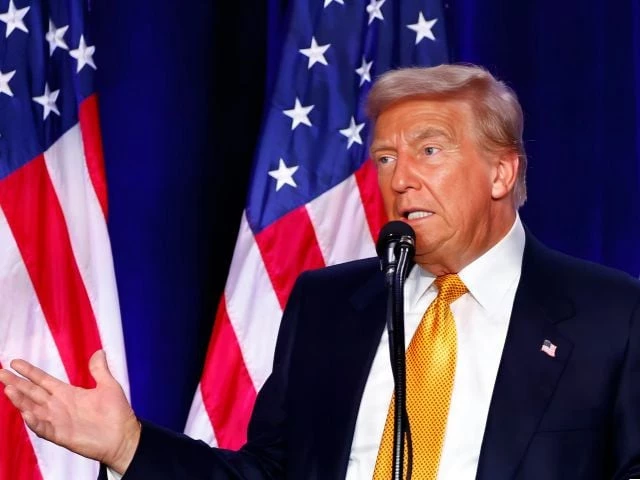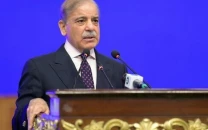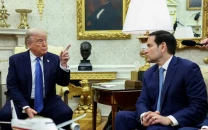Trump unveils $175b 'Golden Dome' missile defence system plan
Strategic move brings cutting-edge tech and military planning to the forefront

US President Donald Trump on Tuesday unveiled the design of the proposed $175-billion Golden Dome missile defence shield and appointed US Space Force General Michael Guetlein to lead the project.
The system, aimed at countering missile threats from China and Russia, will rely on hundreds of satellites to detect, track and potentially intercept enemy launches.
Speaking at a White House press conference, Trump described the initiative as essential to "protect our homeland." He also revealed that Canada had expressed interest in joining the effort.
Canadian Prime Minister Mark Carney’s office confirmed that security and economic ties with the United States were under review and that talks included “strengthening NORAD and related initiatives such as the Golden Dome.”
Trump said he hopes the system will be operational by the end of his term in January 2029. However, analysts have questioned the feasibility of that timeline and the programme’s true cost.
"This is what Reagan envisioned with 'Star Wars'," Trump said, referencing the 1980s Strategic Defense Initiative. "We finally have the technology to do it."
While Republican lawmakers back the idea, the project faces political and financial hurdles. The US Congressional Budget Office recently estimated the full cost could exceed $831 billion over two decades.
Some Democrats have voiced concerns about transparency and the selection process for key contractors, with companies like SpaceX, Palantir and Anduril seen as potential frontrunners.
"This isn’t just about traditional defence anymore," said Senator Kevin Cramer. "It’s a new ecosystem driven by software, sensors and private innovation."
L3Harris Technologies, Lockheed Martin and RTX Corp were among firms mentioned as possible contributors to the effort.
L3Harris has already invested $150 million into a facility in Indiana producing tracking satellites that could support the Golden Dome.
Trump’s version of the shield takes inspiration from Israel’s Iron Dome, but on a much larger, space-based scale, with arrays of surveillance and intercept satellites designed to eliminate threats early in their flight.
Initial production is expected to tap into existing Pentagon programmes. Alaska, Florida, Georgia and Indiana were named as states likely to benefit from early deployment and industrial investment.
Funding remains uncertain. Republicans have proposed a $25-billion initial outlay as part of a broader $150-billion defence package, but the measure is tied to a contentious reconciliation bill.
“Unless reconciliation passes, the funds for Golden Dome may not materialise,” said one industry executive who requested anonymity. “This puts the entire project timeline in jeopardy.”




























COMMENTS
Comments are moderated and generally will be posted if they are on-topic and not abusive.
For more information, please see our Comments FAQ